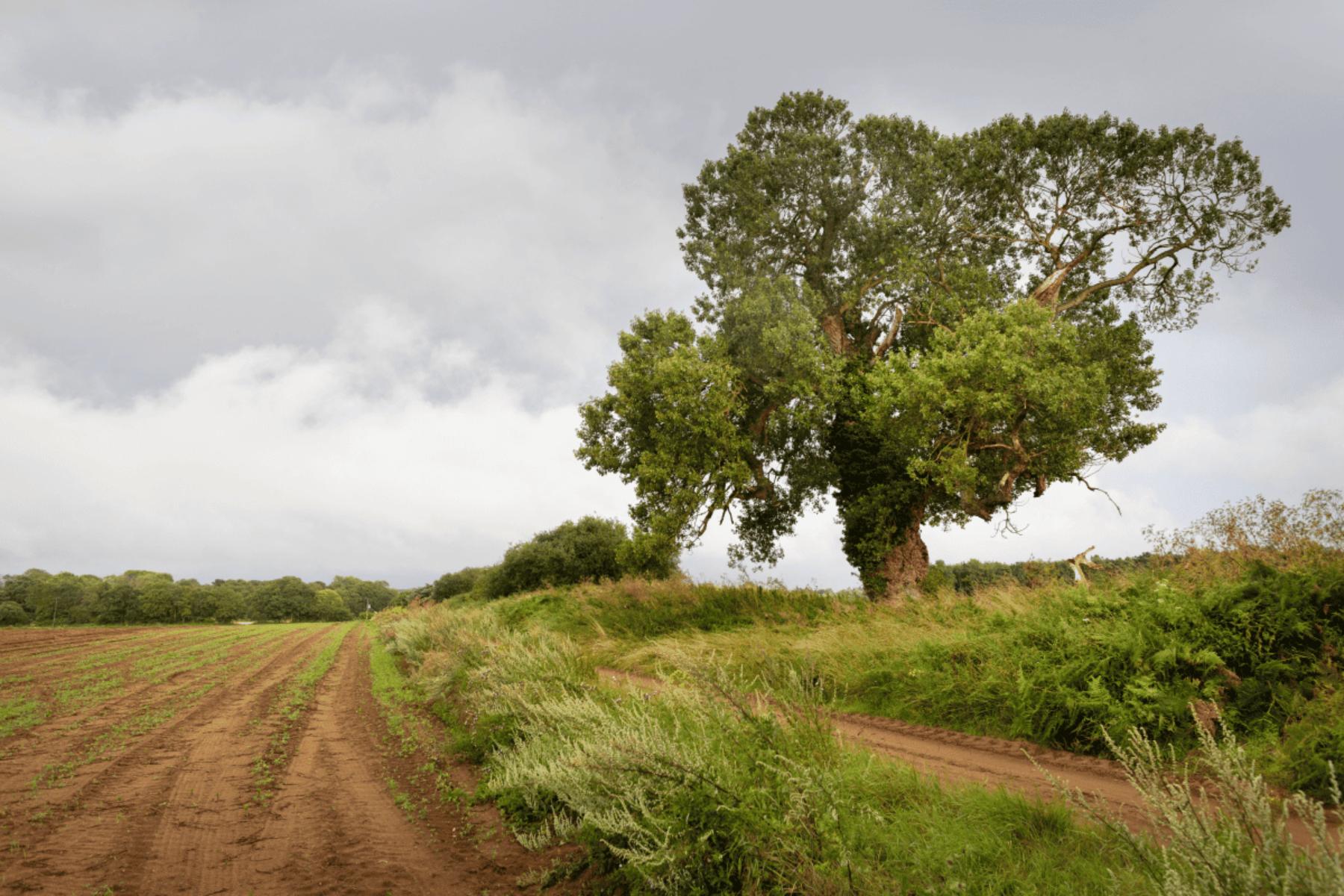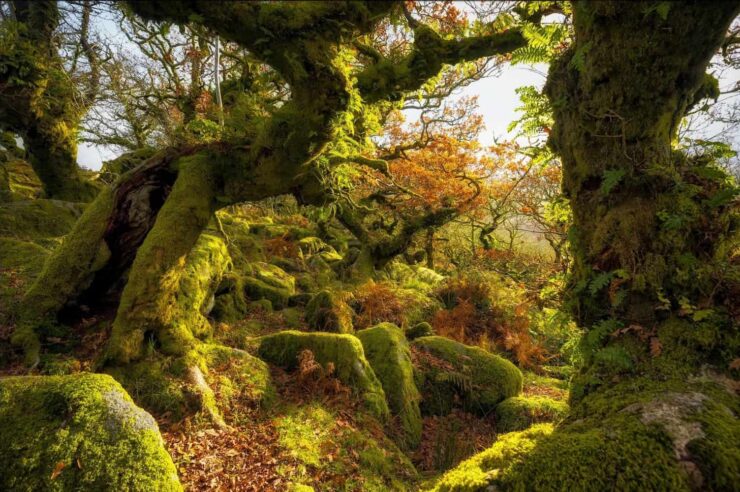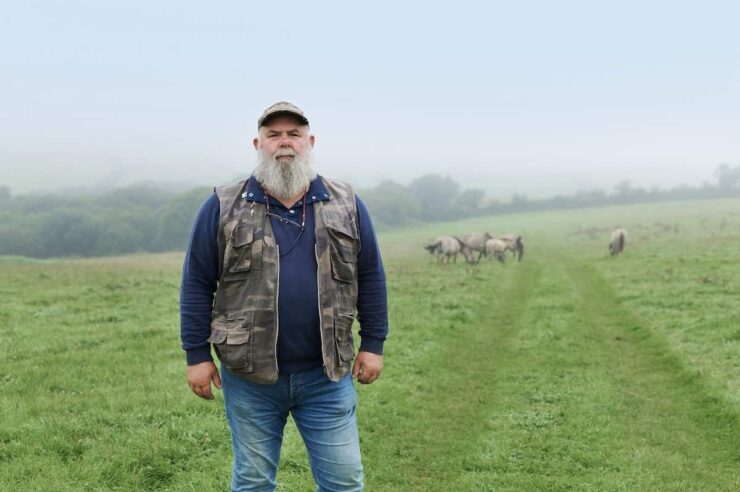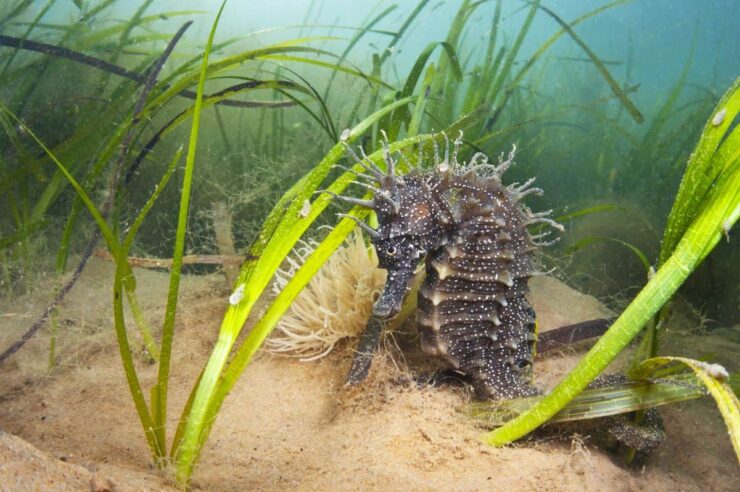Once common across our landscape, mature black poplars have dwindled to just a few thousand. Tree enthusiasts across Britain are devising creative ways to boost their genetic resilience and replant huge numbers of the ‘ballerina poplar’
Jamie Simpson was in his late 20s when he became serious about black poplars. It was 2008 and, as he tells it, London authorities were threatening to cut down several veteran black poplars along the Thames towpath in Barnes, where the river twists into one of its more dramatic curves.
Simpson, an arborist, had long known about the local population and believed it to be unequalled in the UK, where black poplars most often occur as lone sentinels in remote fields. Here, a few dozen were improbably thriving along a concrete stretch of the Thames and, to the chagrin of the Port of London Authority, breaking up the revetment (which protects against erosion). But Simpson mobilised opposition and successfully lobbied for the trees to stay.
Energised by the victory, he promptly sent some cuttings to the Forestry Commission, which had recently begun offering genetic testing for trees. “All three of them came back as unique,” Simpson recalls.
More tests have since shown the Barnes black poplars to likely be the most genetically diverse population of Populus nigra betulifolia, a subspecies native to Britain. That’s a big deal because it is also the country’s rarest native hardwood – past estimates have put the total number of mature trees across Britain at only 7,000.
Native black poplars, known as ‘ballerina poplars’ for their acrobatically angled limbs, were once common across the country. Several of them loom over The Hay Wain in John Constable’s quintessential English landscape. Prized for its durability and fire-resistance, its timber was used in everything from wagons to scaffolding. But many of its waterlogged habitats have since been drained and few native specimens were planted after a faster-growing hybrid became popular in the 19th century (betulifolia shares the craggy bark, knotted burrs and heart-shaped foliage of other poplar species, but is distinguished by the fine hairs that adorn its young leaves). Whenever landowners did plant native specimens, they favoured males that came without the cotton-like seed fluff produced by female flowers. Opportunities for wild specimens to reproduce naturally are consequently rare.
“They’ve had a bit of a rough time,” says Chris Jenkins, nursery manager at the Royal Botanic Gardens, Kew, at Wakehurst, which has maintained a black poplar stool bed – a collection of coppiced tree trunks that produce new shoots each year – since the 1990s. The programme has produced thousands of cuttings for planting across Sussex, and similar efforts have long provided a lifeline to the species across the country.
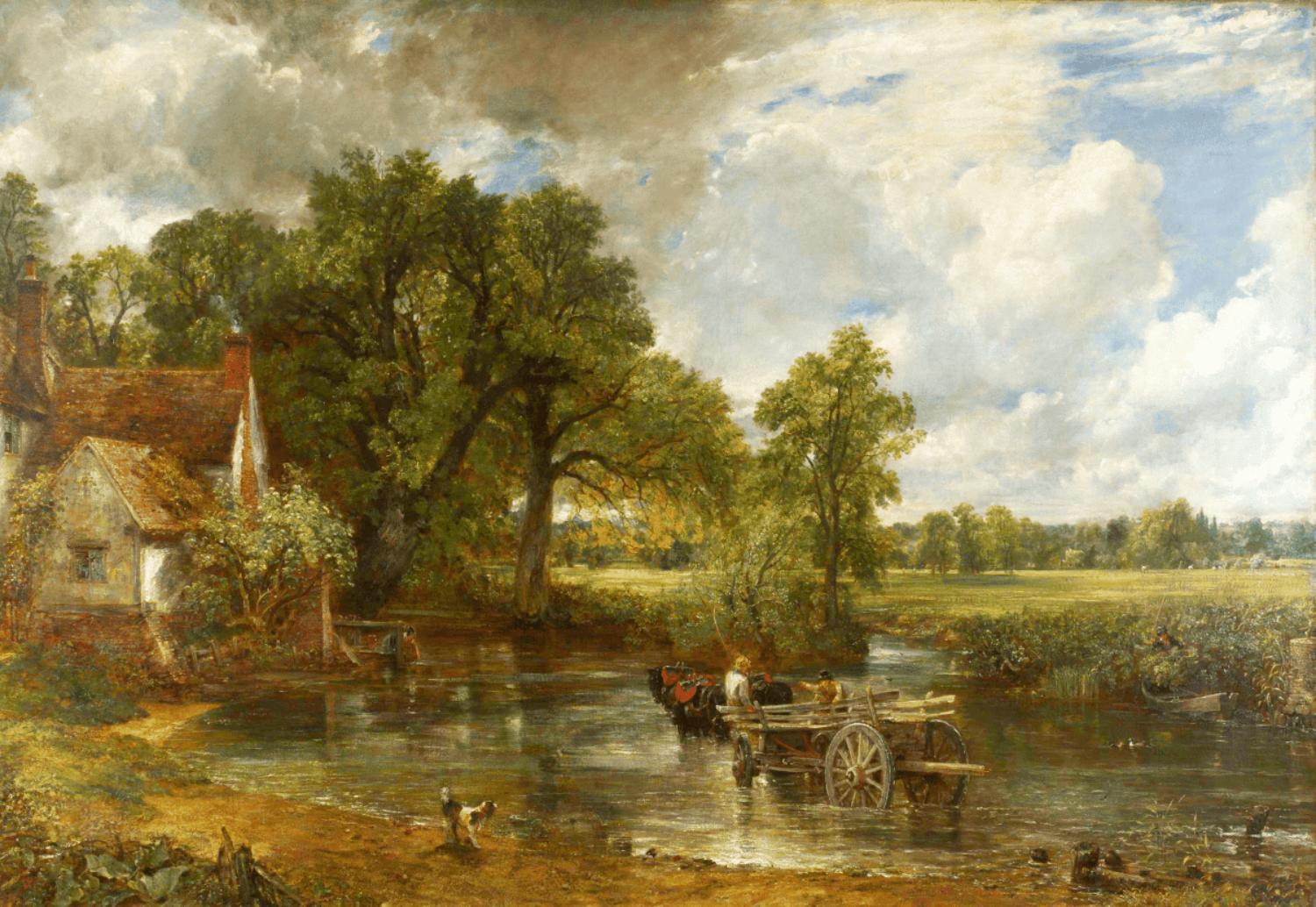
Black poplars line the river in John Constable’s 1821 painting The Hay Wain. Image: GL Archive
Black poplars are easy to multiply this way and it’s an effective way to preserve a specific local population. But it also means the same clones now proliferate everywhere, since cuttings create exact genetic copies.
In 2018, a team of scientists at Forest Research, a Forestry Commission agency, published findings from DNA analyses of 811 samples of native black poplars, sent in by landowners over more than a decade. Among them, they identified only 87 genetically distinct clones, or genotypes. The most common, clone 28, also known as the ‘Manchester poplar’, turned up in a fifth of the samples. “Some of the clones are really everywhere,” says Joan Cottrell, the agency’s head of forest genetics.
That can be a problem because it leaves the species more vulnerable to disease and other threats. To make them more resilient, new trees would ideally be grown from seed, not cuttings. But because cross-pollination of black poplars now rarely occurs in nature, seeds can be hard to come by. The Millennium Seed Bank, the biodiversity back-up facility run by Kew, only has four collections of black poplar seeds. Two are from the same site in Surrey, which consists of just a single tree.
“Black poplar seed, it’s kind of like hen’s teeth,” says Ted Chapman, who coordinates Kew’s domestic conservation partnerships. “We’re still hunting them down.”
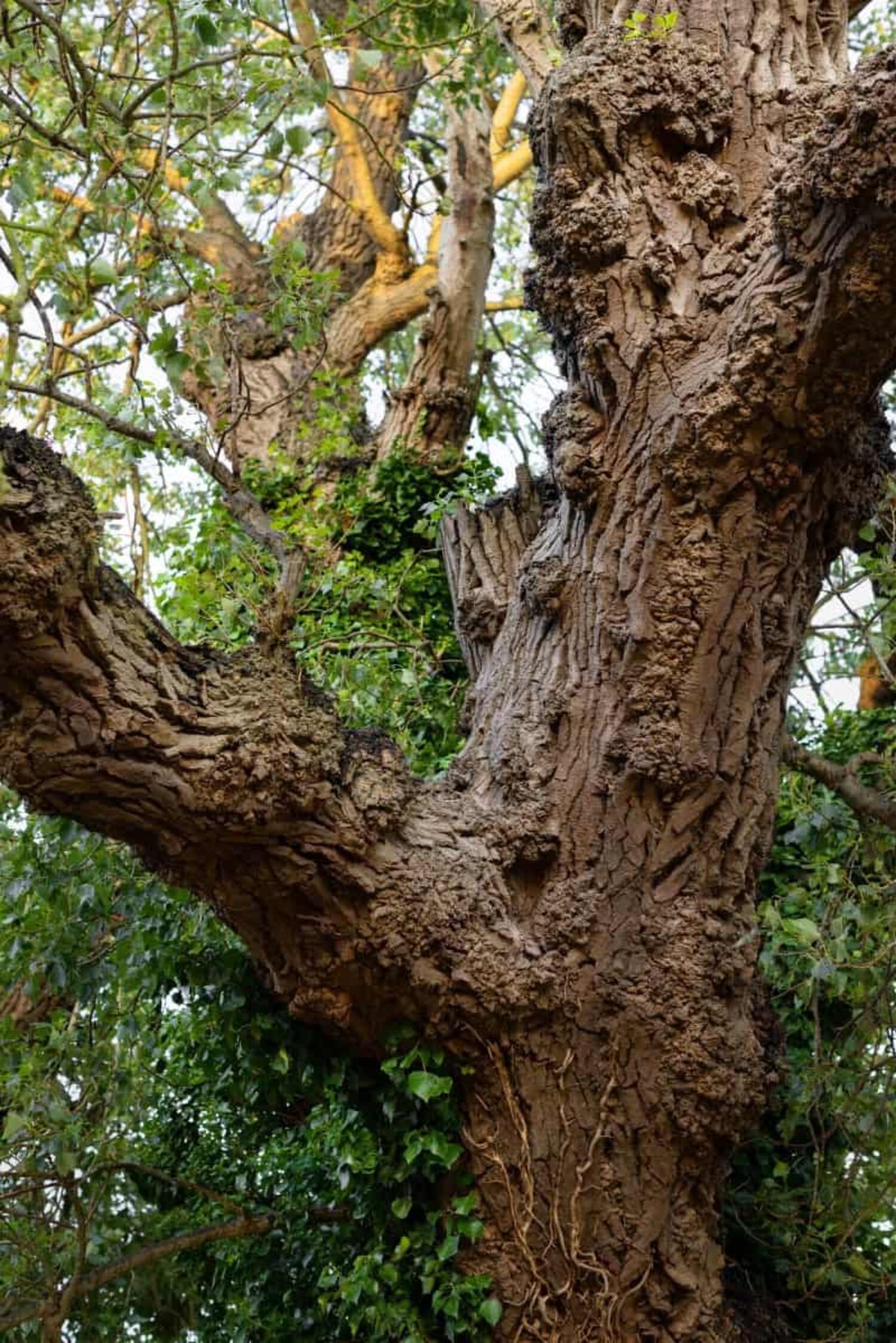
Native black poplars are also known as ‘ballerina poplars’ for their acrobatically angled limbs
Pollinating with paintbrushes
In the meantime, this conundrum has spurred a passionate effort to provide what nature cannot. Zeke Marshall, a Forest Research scientist, recently started artificially reproducing black poplars in his spare time after digging up old research papers on controlled pollination. Earlier this year, he took cuttings from a female tree in Darlington and a male one in Durham, and placed them in vases of distilled water along a south-facing window in his home office.
Once the branches flowered, he used a small paint brush to transfer the male pollen to the female flowers. He managed to harvest 205 seeds and sent most of them to Kew, where Jenkins – the nursery manager – has grown about 30 seedlings – each one, crucially, a genetically distinct mix of its two parent trees.
“Vegetatively, we can propagate black poplars very easily,” Jenkins says. “But the seed is what’s important for the species.”
Black poplar seed, it’s kind of like hen’s teeth. We’re hunting them down
The pair plan to keep experimenting with other artificial pollination methods – they’d like to graft cuttings on to rootstock next year, hoping it might support more vigorous flowering – and eventually broaden the number of crosses.
“Ideally we’d get some funding to set up a seed orchard,” Marshall says. “That’s what needs to be done.”
Cottrell, the head of genetics at Forest Research, says Marshall and Jenkins’ work could be crucial. By creating new genotypes, this would eventually provide a wider spectrum of specimens for natural selection to take hold – which is particularly important in an era of both worsening climate change and increasing threats from introduced pests and diseases. “If you haven’t got diversity, species can’t adapt,” she says.
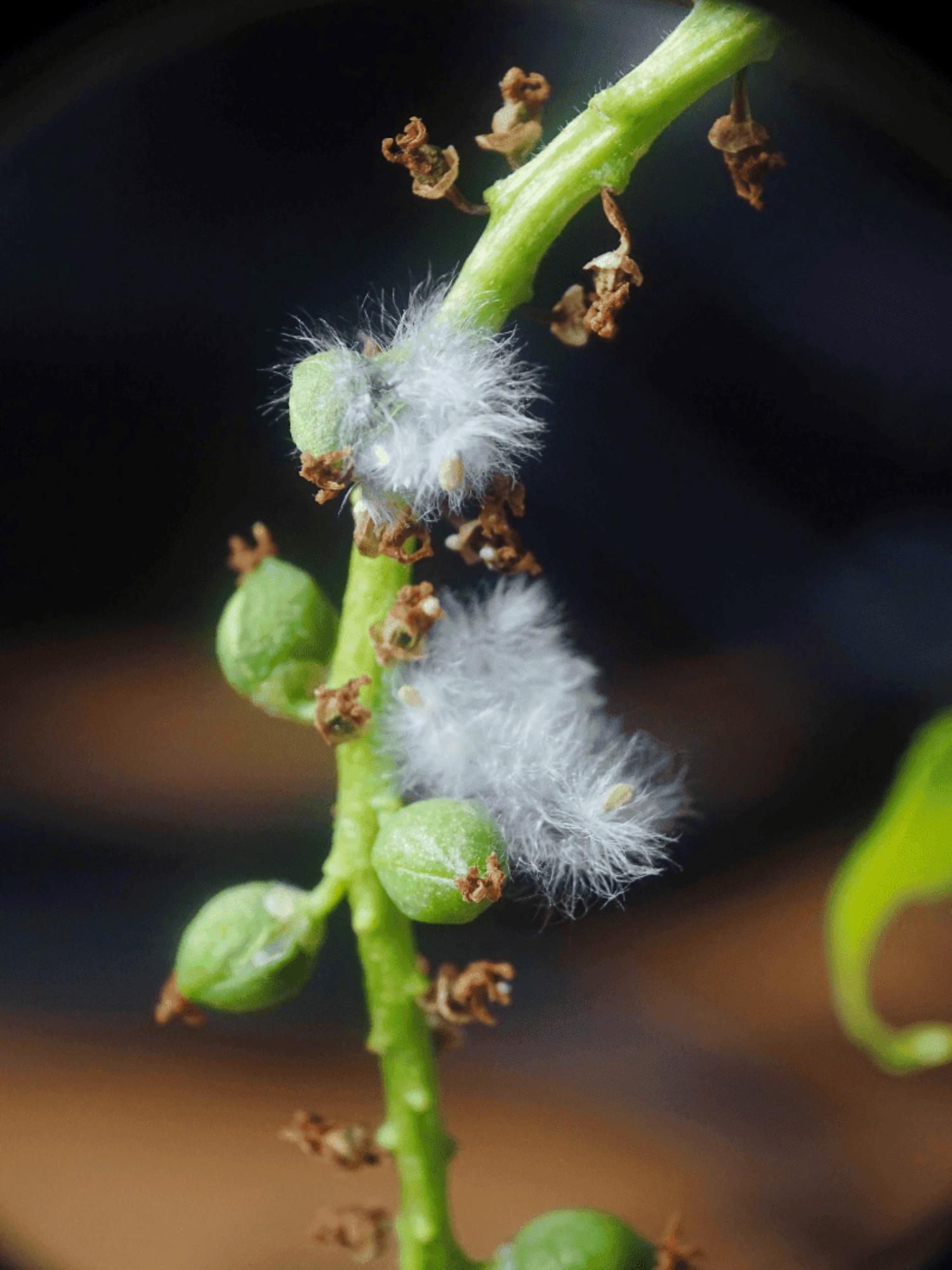
A female cutting used by Zeke Marshall in his pollination trial
Back in Barnes, Simpson has first-hand experience of how fragile Britain’s black poplars really are – and how valuable preservation can be. Years ago, he helped set up a nursery to grow hundreds of saplings. That has proved prescient: roughly a fifth of the veteran poplars along the towpath have now been lost to storms and old age. He says many of the local genotypes are represented by only a single tree, making them particularly vulnerable.
With almost all of them now backed up through the nursery, and in replica populations as far away as Devon and the Lake District, he can at least be sure that the rarest individuals won’t die out so easily.
Otherwise, he says: “they’ll just fall down. And once they’re gone, they’re gone forever”.
Image: Richard Allenby-Pratt
You’re the solution that Positive News needs
Our small, dedicated team is passionate about building a better alternative to the negative news media. And there’s never been a greater urgency to our mission.
But to invest in producing all the solutions journalism that the world is longing for, we need funding. And because we work in your interests – not those of a wealthy media mogul or corporate owner – we’re asking readers like you to get behind our team, by making a regular contribution as a Positive News supporter.
Give once from just £1, or join 1,400+ others who contribute an average of £3 or more per month.
Join our community today, and together, we’ll change the news for good.
